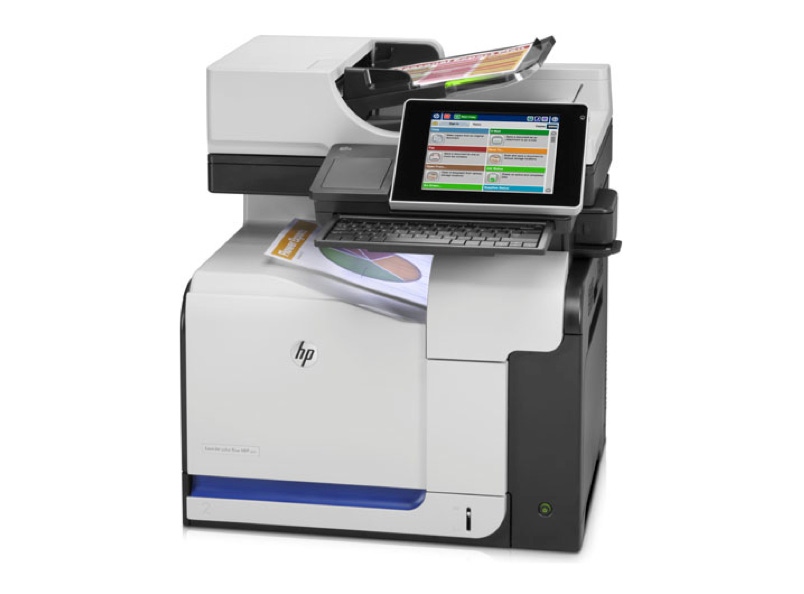HP is making the case that a primary reason to buy its printers is the level of automation and security that it can remotely deliver via the cloud, including security event information management (SIEM).

Margins on printer products of all types have been fairly thin for years. As a result, the channel has embraced the delivery of managed print services as a vehicle for adding value that makes selling printers worthwhile. Making the capital investment required to deliver those services, however, can be a challenge.
Hewlett-Packard (HPQ) today moved to ease that burden with a rebranding of its managed printer services that is anchored around an update to HP Imaging and Printing Security Center (IPSC) software and the launch of HP Print Security Advisory Services. In addition, HP introduced an HP LaserJet Enterprise flow multifunction printer M3 series that includes 200 embedded security features, including an HP Trusted Platform Module Accessory processor for encrypting communications.
More devices means greater risk
Ed Wingate, vice president and general manager of JetAdvantage Solutions at HP, says with over 200 million Laserjet devices already installed, the opportunity to deliver managed print services is vast. The issue is that customers are increasingly becoming aware of the security issues associated with managing those devices. With the majority of those devices connected to the network, each one of those devices represents a potential vulnerability that hackers can exploit. In the case of HP, the drive installed on the printer is not only encrypted, but so too are all the communications between that printer and the devices accessing it.
To address that issue, HP is leveraging its investments in Arcsight security event information management (SIEM) software and the intelligent data operating layer (IDOL) software it gained via the acquisition of Autonomy to simplify the management of printer security. Wingate notes that there are approximately 200 settings on the average printer. It only takes a few configuration errors to create a vulnerability.
Knowing which documents are sensitive
Beyond configuring the devices, HP is expanding the reach of managed security into the document itself. Wingate says HP is adding the capability to discern what type of document is being printed and, based on the cluster of words in that document, determine how sensitive that document might actually be. For example, HP JetAdvantage services can determine whether the document being printed is a contract or just the roster of the company of the baseball team. Given that the majority of security breaches are created by internal employees, Wingate says IT organizations are increasingly aware of that threat.
As managed print services continues to evolve it’s unlikely that most MSPs will be able to make the kinds of investments in security that will ultimately be required to succeed. HP is essentially making the case that the primary reason to buy its printers is the level of automation and security that it can remotely deliver via the cloud.
Naturally, from an HP perspective those services are another reason why customers will standardize on HP printers at a time when the printer itself is widely viewed as a commodity. For MSPs those services just might represent an opportunity to not only increase the amount of revenue generated by managed print services, but also reduce the cost of delivering those services by relying more on vendors such as HP to make the capital investment required to build and deliver those services.
For a lot of solution providers in the channel, managed printer services from HP is the only viable way they can afford to become an MSP. Of course, for solution providers that already deliver the managed print services the barrier to entry for delivering those services just got a lot lower.
About the Author(s)
You May Also Like


